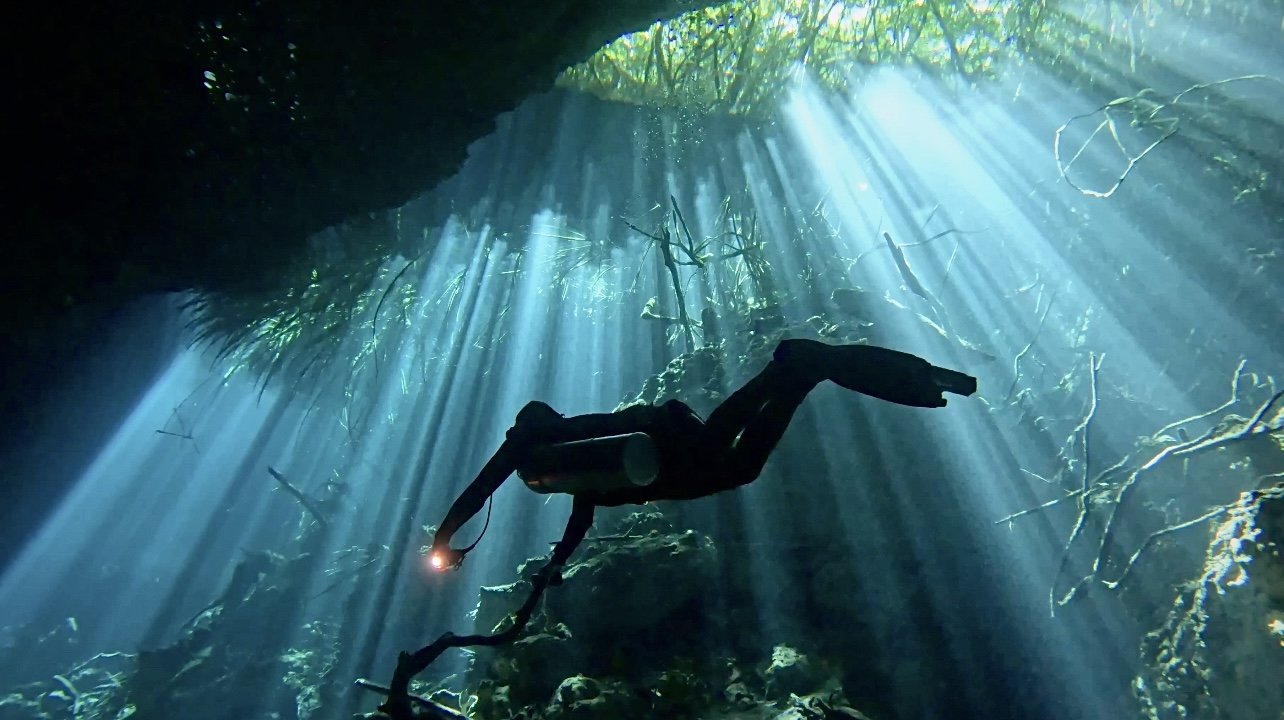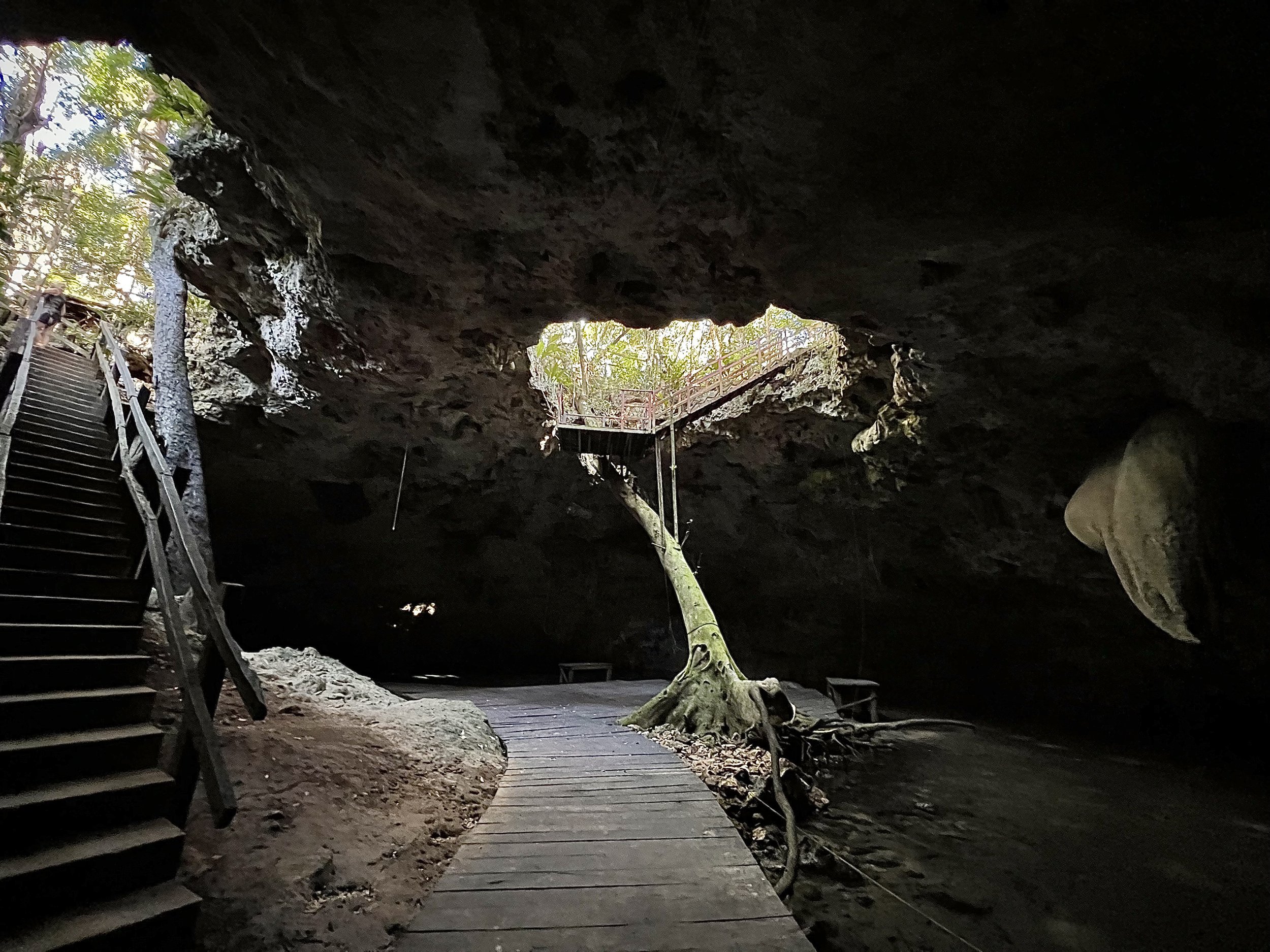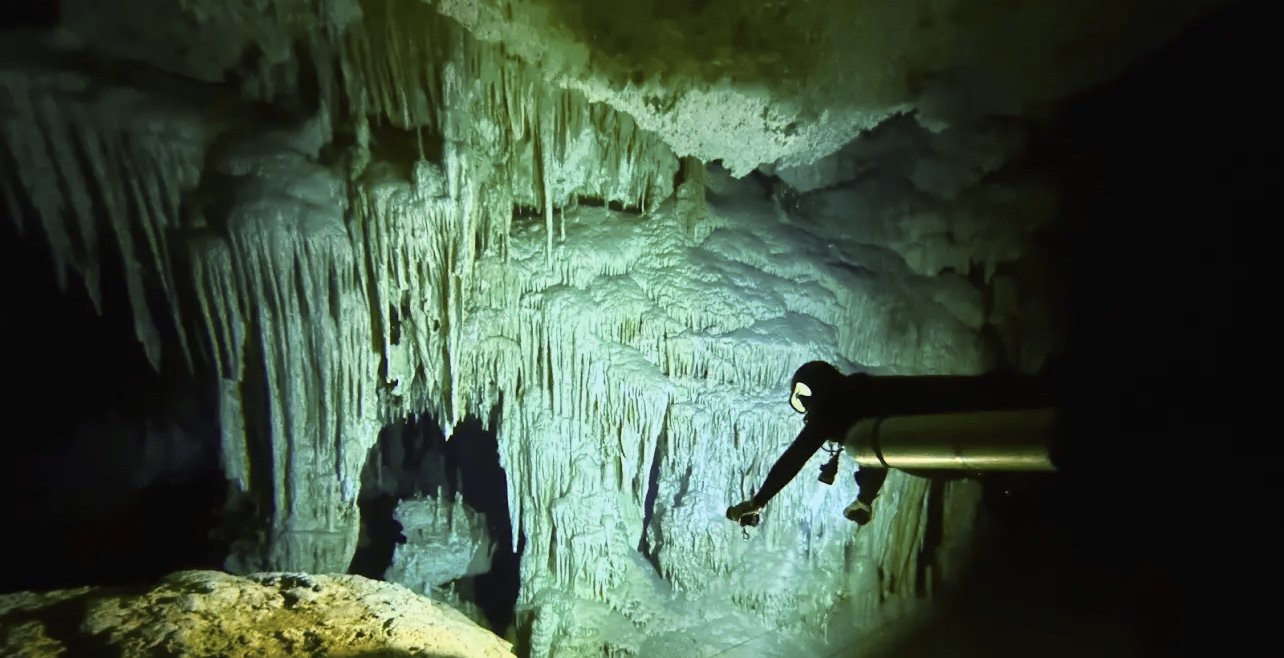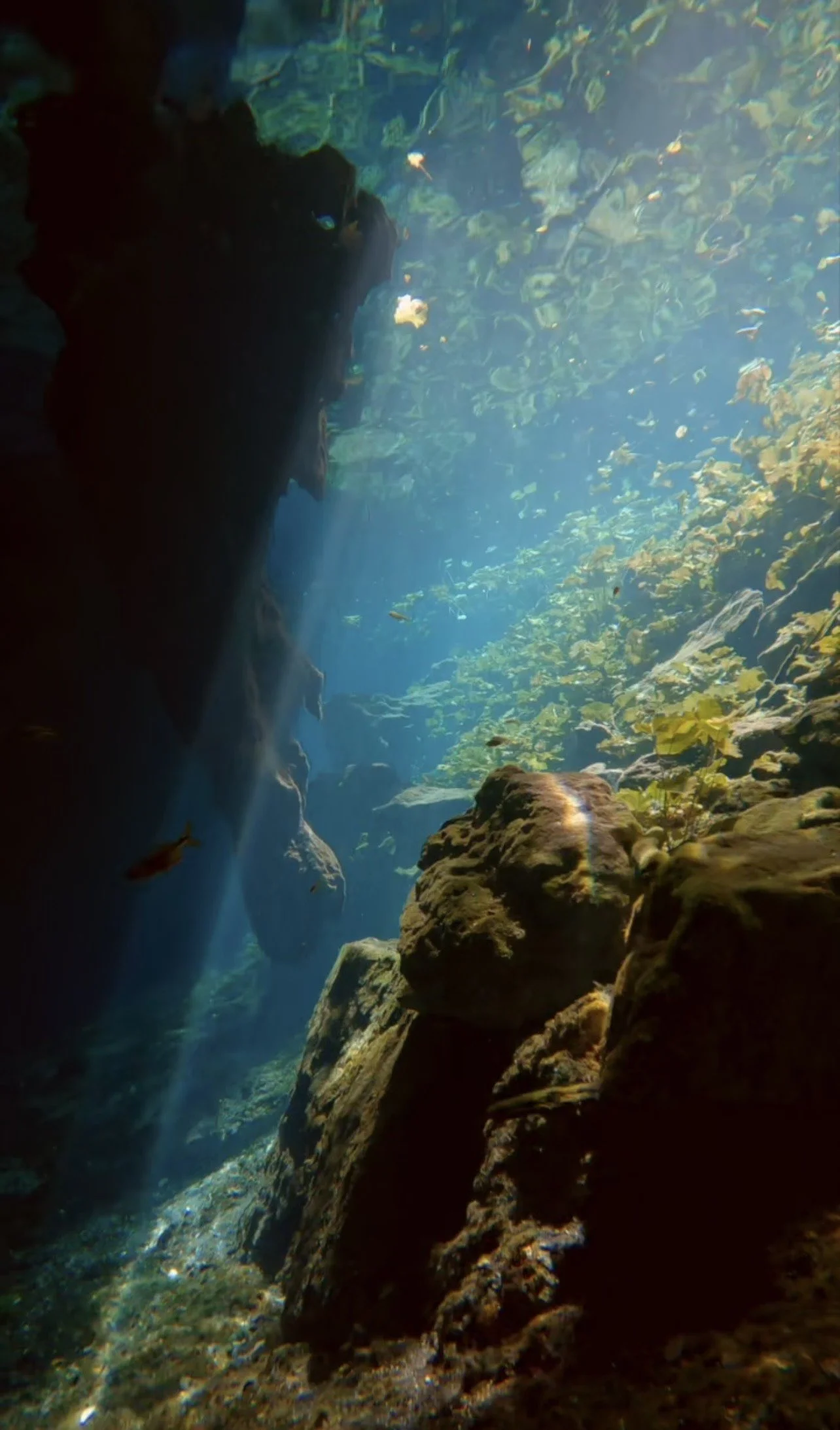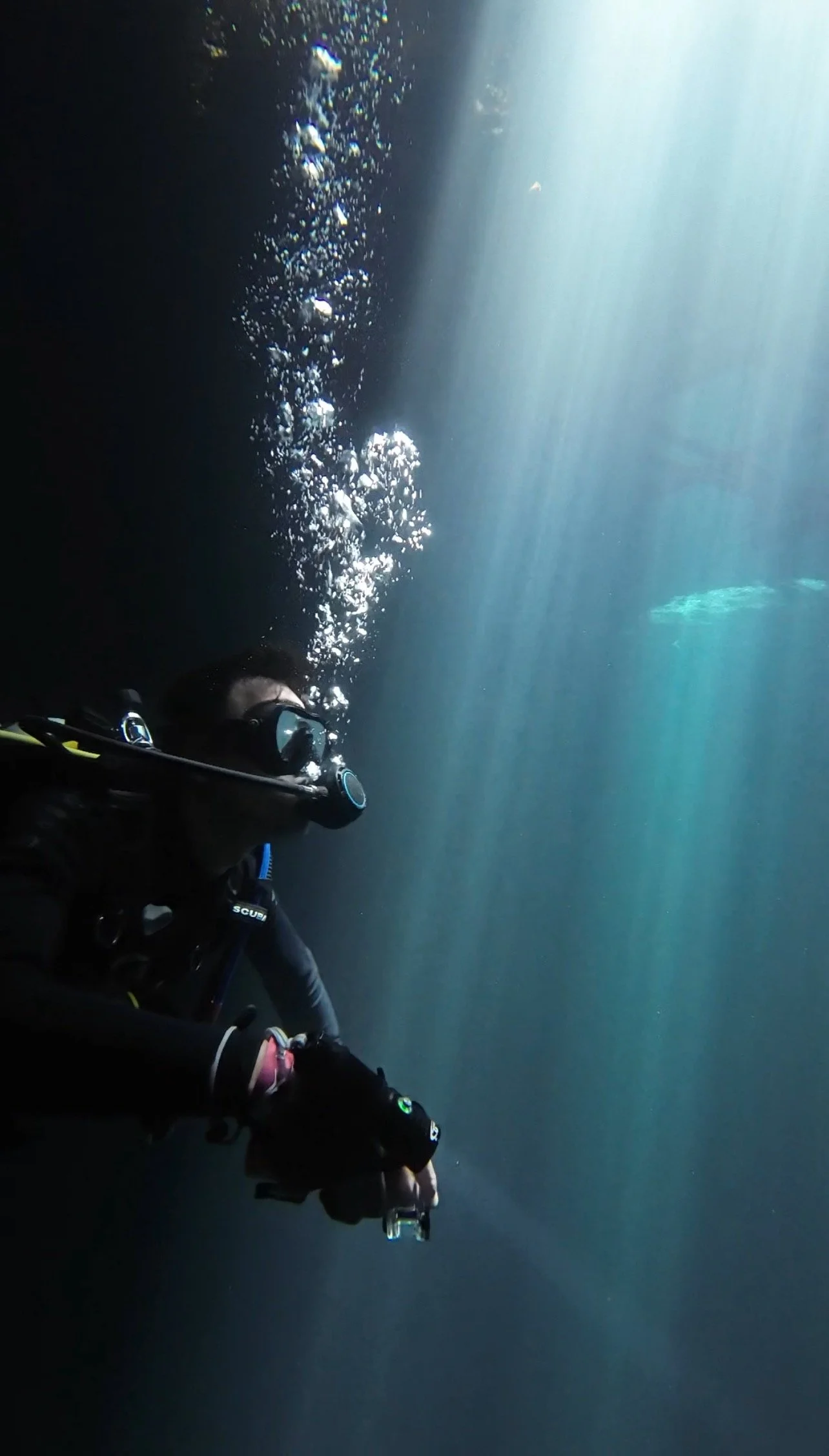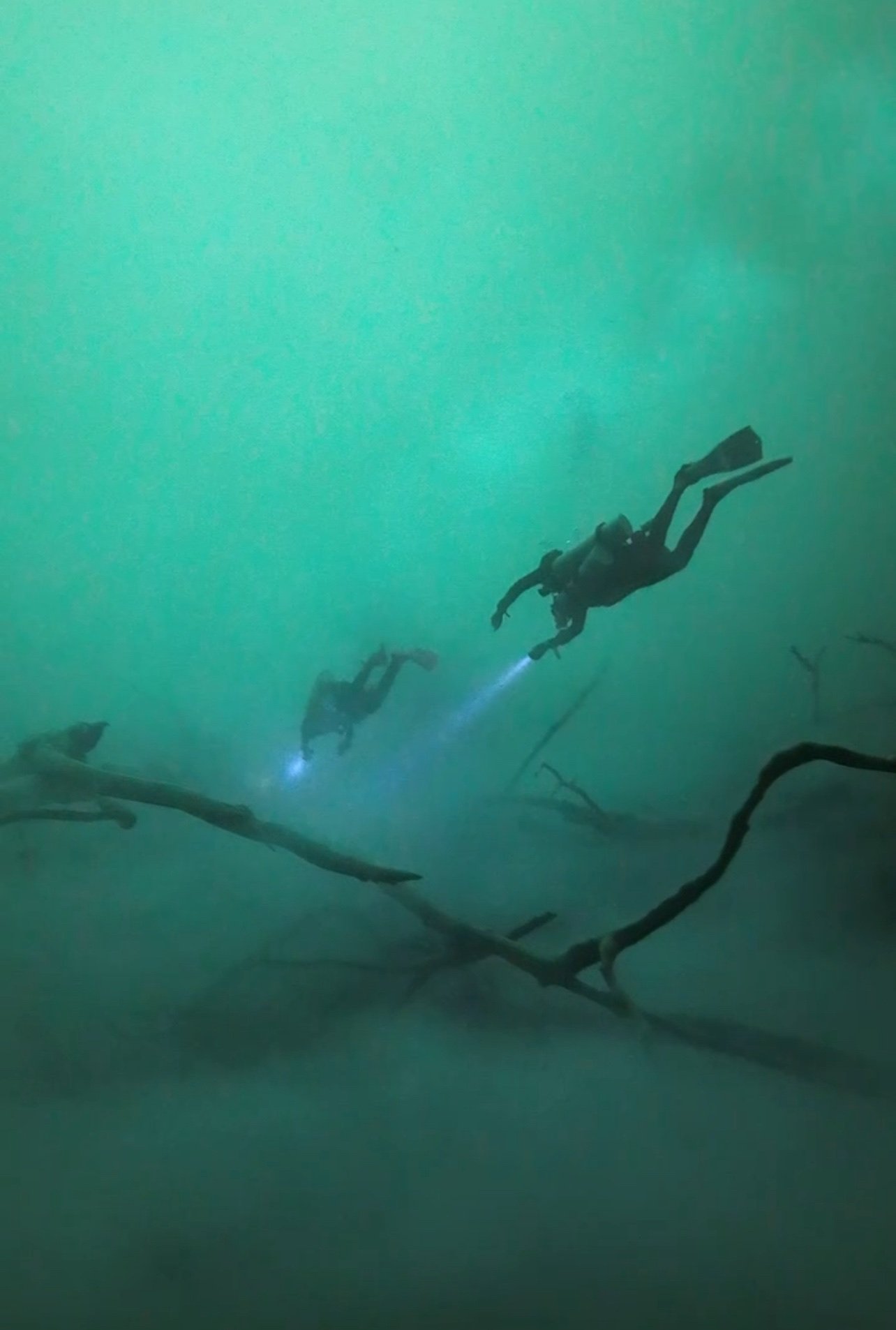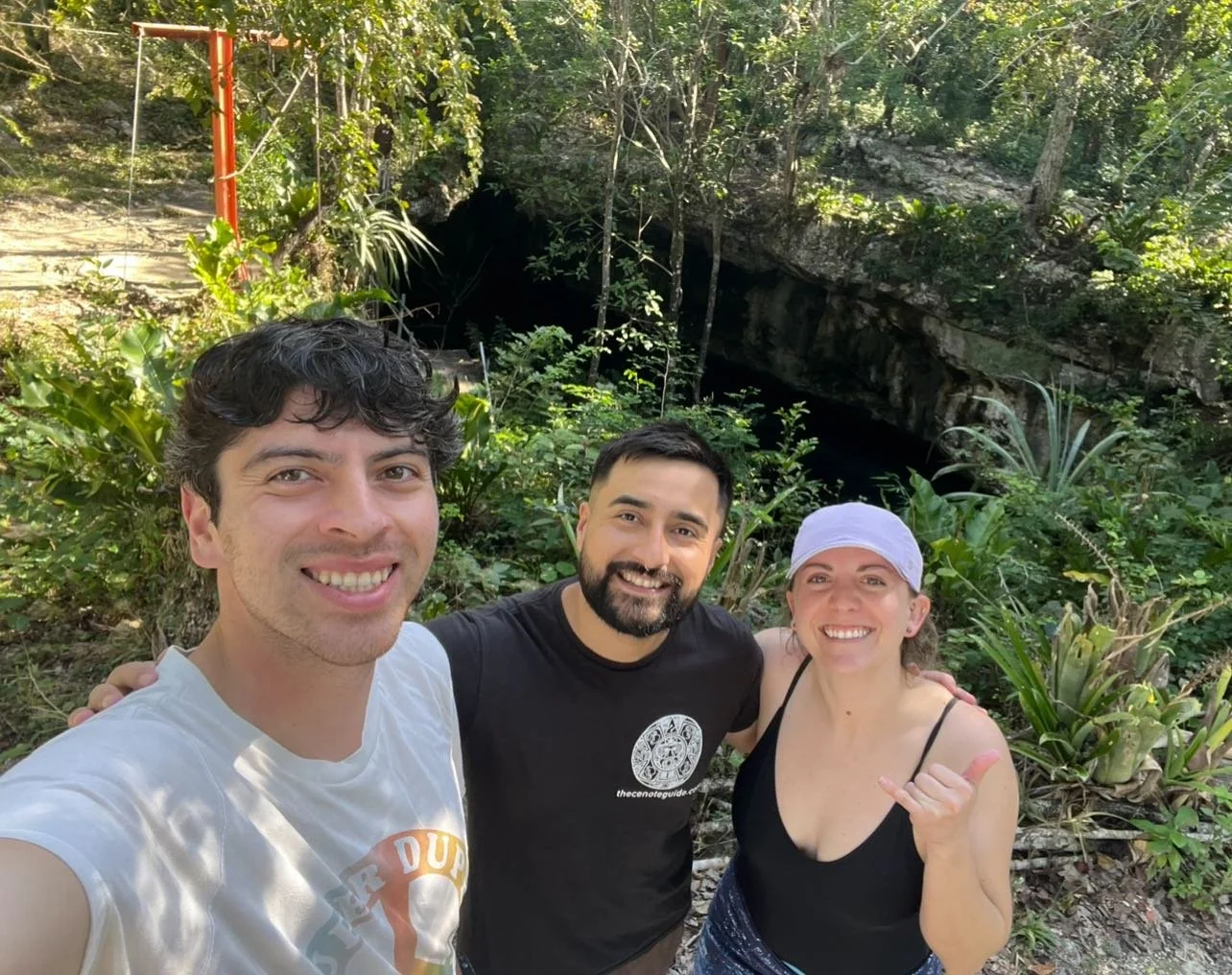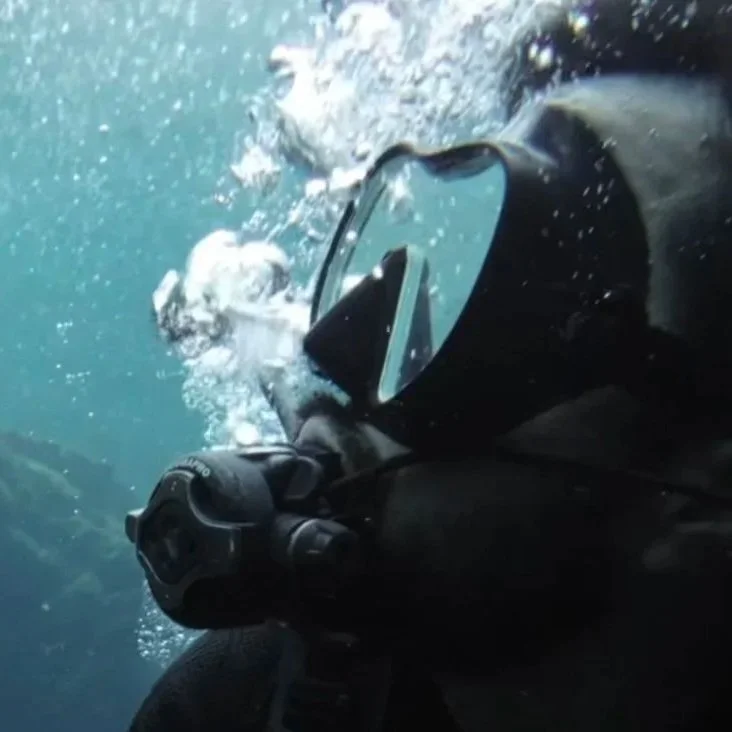Cenote Diving Adventures In The Beautiful Maya Jungle
Featured in:
Crystal clear water, cave formations and delicious tacos? Sign me up!
-
8:00 AM pickup and back around 2-4 PM, depending on the cenote.
Dives will last between 45 mins to 1 hr.
-
Cenote dive tours should be paid in cash (USD/MXN), PayPal or Bitcoin.
No downpayment required
Cenotes are privately owned and charge entrance fees ranging from 250-600 pesos. Entrance fees are not included in the booking price and are paid in Mexican pesos. Only Dos Ojos, El Pit, & Nicte-Ha cenotes can be paid by card however they charge a 5% surcharge on credit card transactions.
Some cenotes charge a fee for GoPro/camera use. The entrance fee & camera prices for each cenote are listed in the cenote description.
-
Cenote diving for both open water and advanced open water certified divers.
-
Certified Full Cave Diver/Cenote Guide
Transportation (pick-up & drop-off) from Playa del Carmen, Tulum, or Puerto Morelos
Scuba gear (regulators, BCD, wetsuit, mask, fins, flashlight, weights & tanks)
Yummy snacks, drinks & lunch
The Cenote Guide sticker
-
Entrance & camera fees (to be paid in MXN at the cenote)
Nitrox available upon request for certified Nitrox divers ($20 extra for 2 Nitrox tanks)
The Cenote Guide shirts ($20 each) & The Cenote Guide koozies ($5 each)
-
Your time underwater in the Riviera Maya is precious, dive with an experienced, attentive, safe & friendly instructor/guide.
Equipped with a Phillips HeartStart FRx AED & First Aid kit.
Hotel pick-up and drop-off included.
Enjoy delicious tacos or tortas from local gems!
But dont take my word for it, check out my reviews :)
Cenote Diving Packages
Here’s what divers have said about me
Fall in love with cenote scuba diving
Book Your Cenote Diving Adventure with Rigo The Cenote Guide
The Cenote Guide:
Rigo Amador
Hi I’m Rigo, a dual citizen TDI full cave diver from California living in Playa del Carmen, México. I’ve had a home in PDC since 2017 but it wasn’t until 2021, when I dove in a cenote (Edén) for the first time, that I decided that I’d move to PDC to pursue cenote cavern & cave diving.
I trained under the great Pepe Mastache, here in Playa del Carmen, to earn my TDI Sidemount, Cavern, Intro to Cave, and Full Cave Diver certifications. My favorite cenotes for cave diving are Cenote Xulo & Cenote Xuxi for their major restrictions and gorgeous speleothems. My favorite cenotes for cavern diving are Edén, Dreamgate, Taak Bi Ha & El Pit.
I earned my Divemaster & Instructor certifications at Aquarius Dive Shop (a PADI 5-star Instructor Development Center) in the cold waters of Monterey, CA. When I visit California, I lead dive tours in Monterey Bay and Carmel. I love stand-up comedy, FC Barcelona, Mexican ballet folklorico, kelp, underwater videography & tight cave restrictions. Remind me to show you my videos of harbor seals crawling up my arm during our surface interval 😊
Interested in the best reef-safe products? Check out Salt & Shore Co. My lovely friend Monica put her soul into making the best products with the highest quality ingredients; you’re going to love them!
Certifications:
TDI Full Cave Diver - PADI Instructor - TDI Sidemount Diver - TDI Cavern Diver - DAN First Aid/CPR/AED/EO2 Provider Instructor - IANTD Advanced EANX Diver
Languages: English & Spanish
Featured in Scuba Diving Magazine - March Issue 2024



